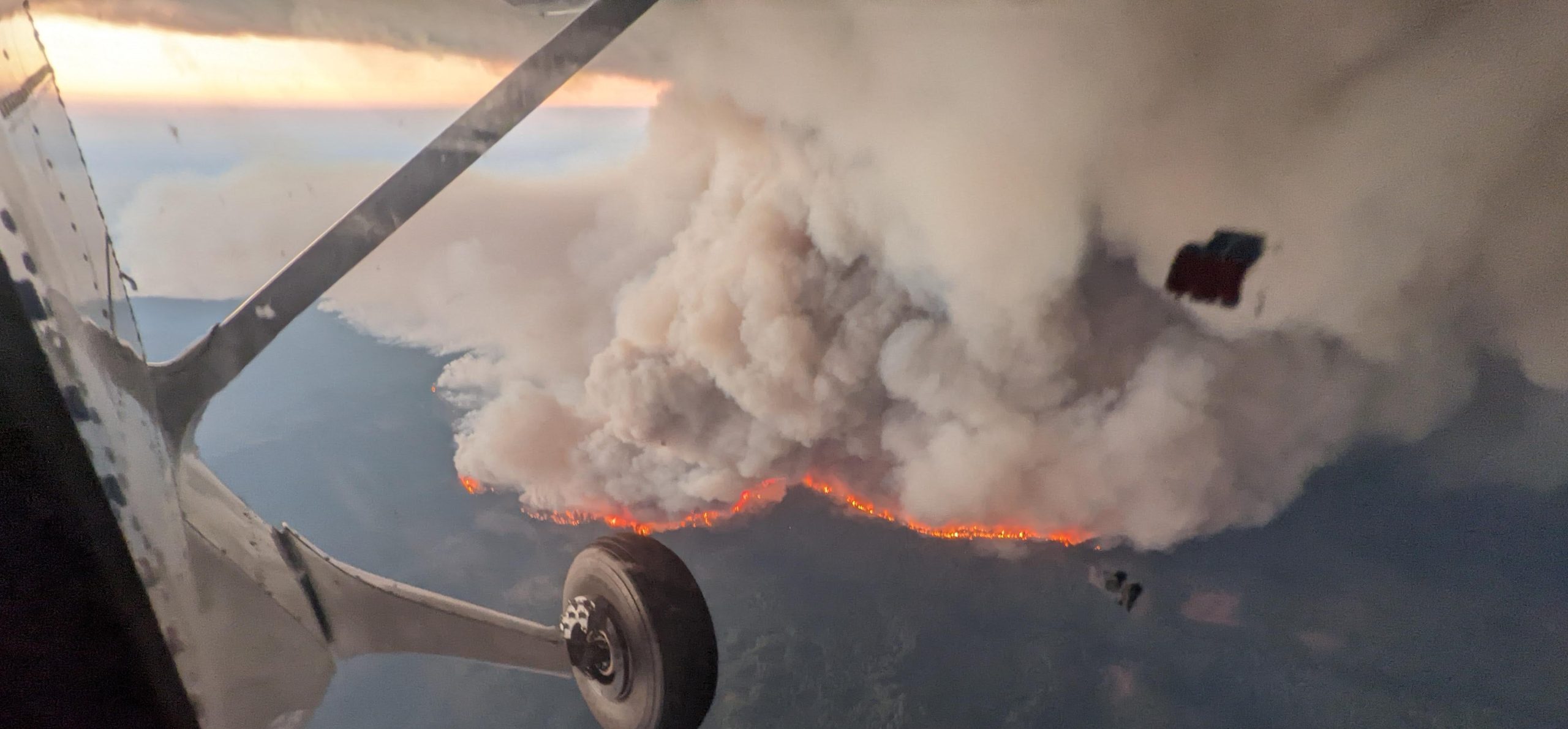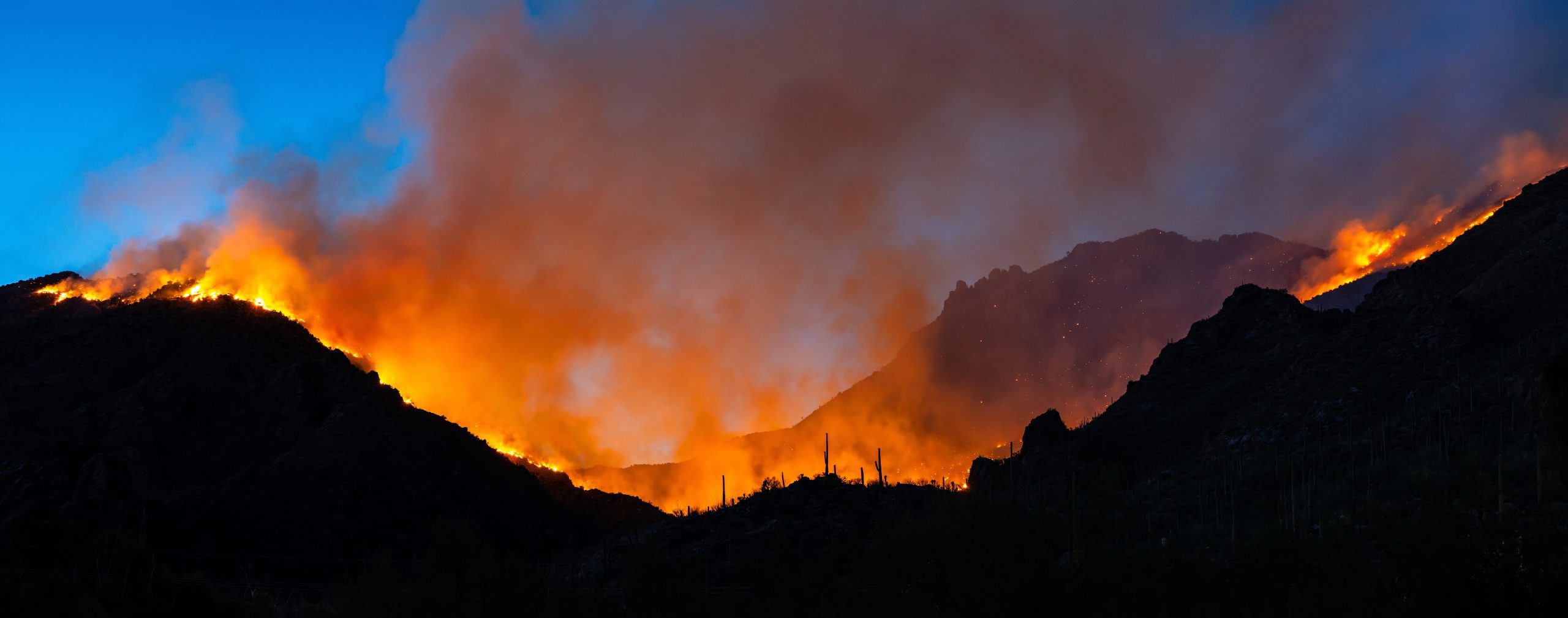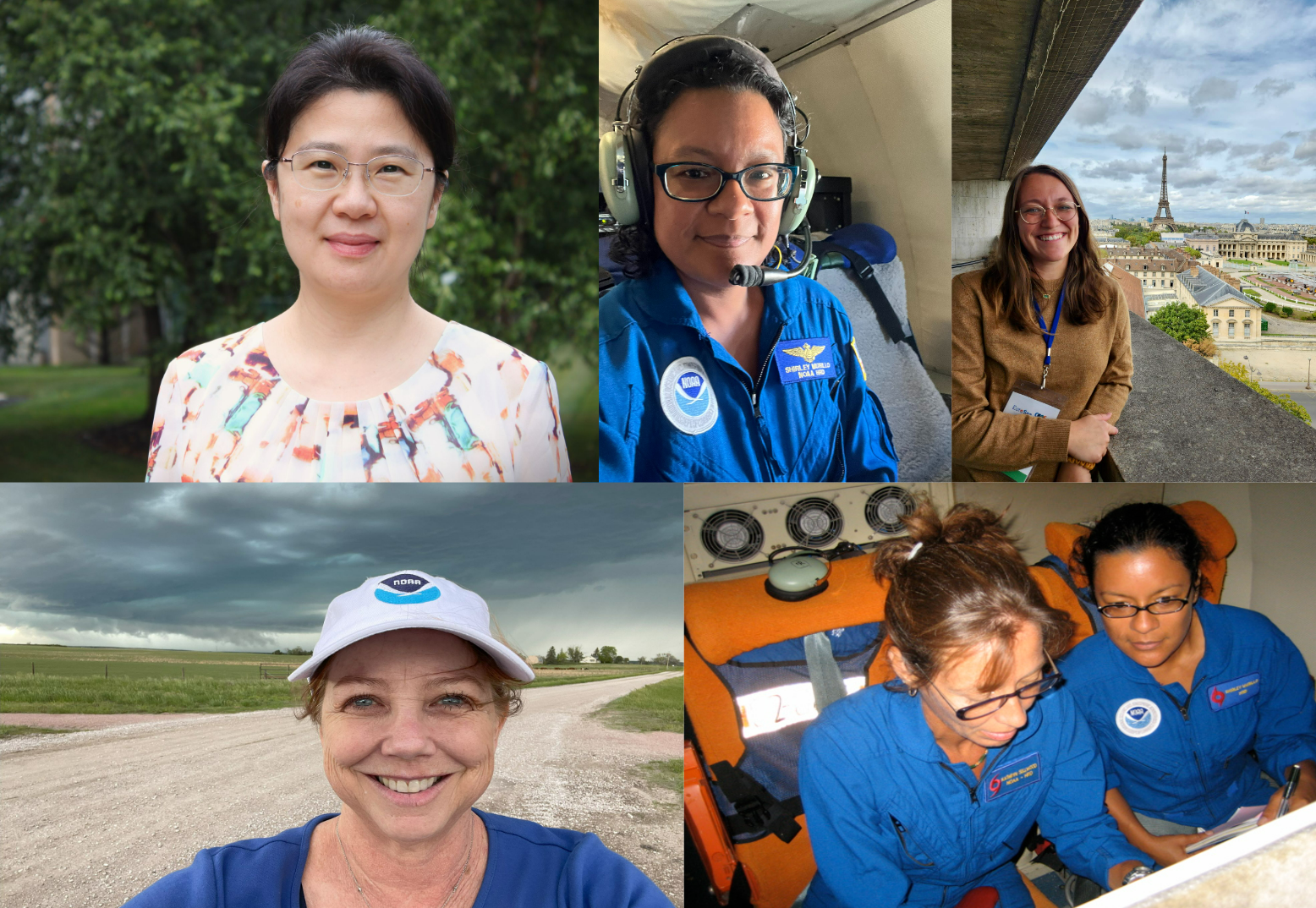As another cloud of Saharan dust swirled across the Atlantic Ocean towards the southern United States, one of NOAA’s newest models provided a more accurate forecast of where the air quality impacts of the dust will be felt.
The coupled global weather and chemistry research model, dubbed FV3-Chem, produces seven-day forecasts for a host of air quality impacts, including where dust will deliver hazy days and colorful sunsets, as well as potential breathing problems and other respiratory issues for sensitive populations.
Running on the newest version of NOAA’s Global Forecast System, or GFS, the FV3-Chem forecasts the distribution of some primary air pollutants: smoke, soot, organic carbon, sulfate, and large and small particles of dust and sea salt – collectively known as aerosols. Because these aerosols affect the weather, the model also provides weather forecasts. The new model is also capable of predicting the atmospheric impact of volcanic eruptions, which can disperse quantities of ash and other particulates over wide areas.
“Several NOAA laboratories worked with the National Weather Service to produce major improvements to NOAA’s air quality modeling capabilities,” said Georg Grell, chief of the Global Systems Laboratory’s Environmental Prediction Advancement Division. “Now the developers as well as the broader modeling research community can contribute towards further improving it.”
Research model to transition to operations
When the experimental model goes into day-to-day operations as part of the Unified Forecast System later this year, FV3-Chem will be renamed GEFS-Aerosols, and deliver substantial improvement for both the composition and variability of aerosol distributions over those from the currently operational global aerosol prediction system. Biases and other errors are substantially reduced with the new model, a necessary condition for looking at the impact on weather prediction out to sub-seasonal and seasonal scales.
Developing an atmospheric composition model that integrates weather and air quality forecasting based on the FV3 framework has been a focus of NOAA model research for more than five years, and the new model is the child of many parents. The Global Systems Laboratory (GSL) led the project, with contributions from the Chemical Sciences Laboratory (CSL), the Air Resources Laboratory (ARL), NESDIS, (NOAA’s National Environmental Satellite, Data, and Information Service), and the National Weather Service’s Environmental Modeling Center.
The atmospheric chemistry component of GEFS-Aerosols is based on WRF-Chem, a community modeling system used by thousands of users worldwide. The aerosol modules are based on the NASA Goddard Chemistry Aerosol Radiation and Transport model (GOCART). Global anthropogenic emission inventories are derived from the Department of Energy’s Community Emissions Data System.
A new dust emissions algorithm was created and implemented in GEFS-Aerosols by scientists in ARL. The algorithm significantly improves the model’s estimates of dust in the global atmosphere, thereby potentially improving weather and air quality forecasts.
The biomass burning plume rise module added in GEFS-Aerosols is from WRF-Chem, and it will also be used in the Rapid Refresh (RAP) and High-Resolution Rapid Refresh (HRRR) operational modeling systems. With the currently planned operational implementation of RAP and HRRR, NWS will become one of the first major weather forecast centers to successfully implement any type of real-time forecasted aerosol into an already world class-operational NWP model.
GEFS-Aerosols is slated to replace the current operational global aerosol prediction system at the National Centers for Environmental Prediction later this year.
See the spherical visualization of the FV3-Chem model output of the current Saharan dust cloud on the SOS Youtube page.
For more information, contact Theo Stein, NOAA Communications, at theo.stein@noaa.gov, or Monica Allen, Director of Public Affairs for NOAA Research, at monica.allen@noaa.gov.



